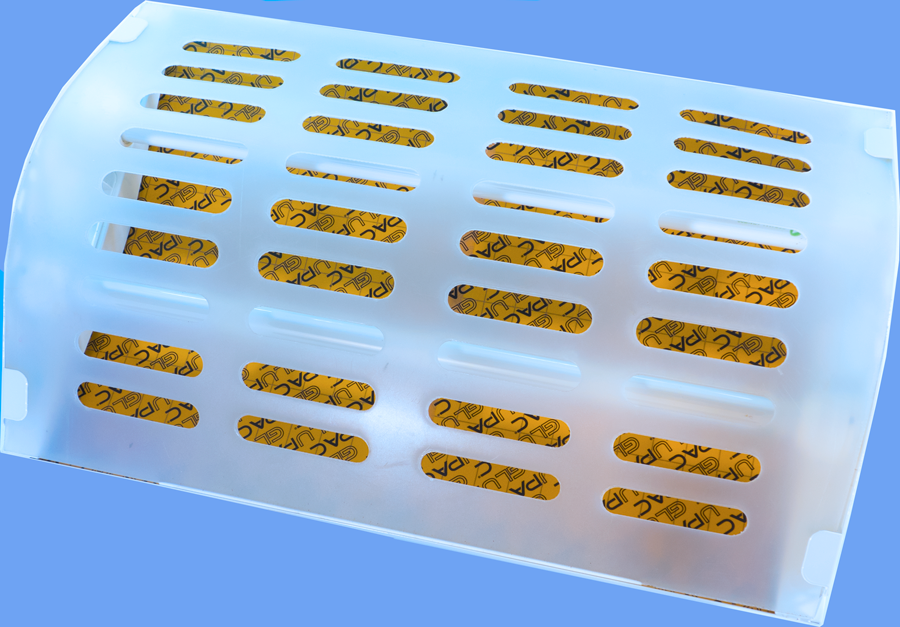
The Fly Zapping Light Is Older Than You Think
- Post author:cs_Admin
- Post published:20 September 2022
- Post category:Blog
- Post comments:0 Comments
During particularly hot summer and autumn months, as well as less often during the rest of the year, fly infestations can not only be a nuisance but also potentially a health hazard, as midges and horse flies can carry diseases, spread pathogens and contaminate work surfaces and food.
There are many solutions to get around this problem, but one of the most popular and indeed most spectacular to see in action is the fly killer light, which uses ultraviolet light to attract flies before electrocuting them with a grid of metal wires, often causing an explosive reaction.
Interestingly the bug zapper is an older invention than one may think, and unlike many pest control systems, had its design effectively perfected by 1934 with only minor refinements being developed since then.
Early pest control systems have a reputation for being effective if impractical, perhaps best epitomised by the 1882 J A Williams mouse trap that required a loaded handgun to be fitted to the mechanism.
The earliest prototype bug zapper was proposed in 1911 by two men in Denver, Colorado, according to the publication Popular Mechanics.
Despite being huge by modern bug zapper standards with a 37.5cm long base and requiring 450V of power, the principle behind it is surprisingly close to the system we are familiar with today, with one major exception.
The internal lamp draws the flies to it alongside a piece of bait such as meat, and the flies travel towards it and get exploded by an electrified cage; the four lamps alongside are used to avoid short-circuiting the entire apparatus.
Even the magazine seemed to be resigned to the fact that the system was too large and impractical to see common use, and it would take until 1932 for a more practical electric zapper to be patented.
Two years later, William Brodbeck Herms developed the more familiar design that is still used to this day.



